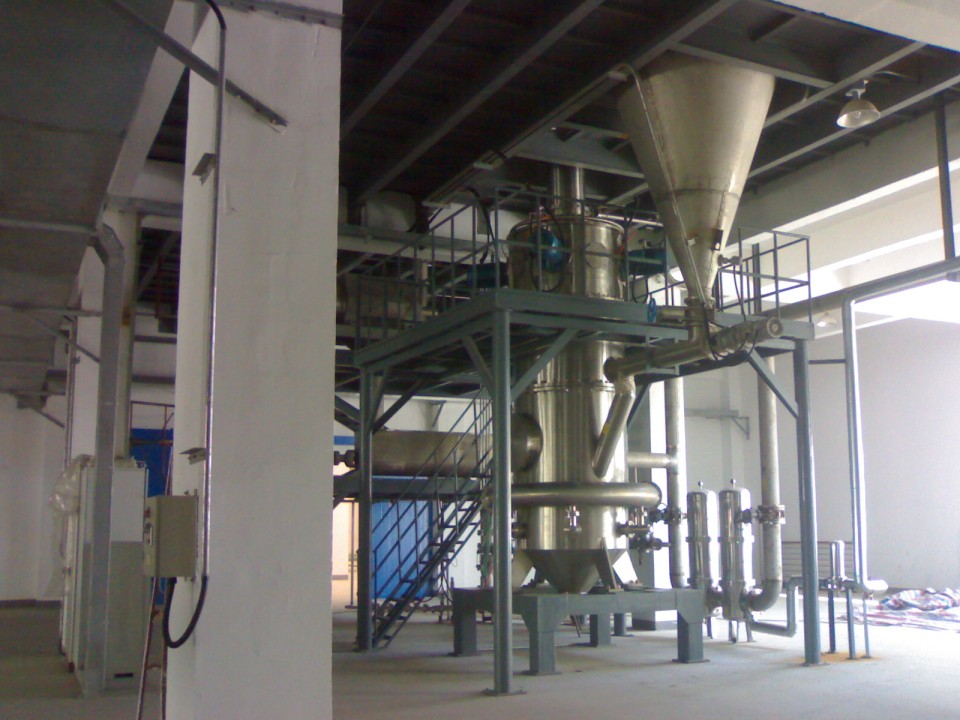
Jet Mills: Principles, Applications and Benefits
Jet mills are a type of grinding equipment that use high-speed jets of compressed air or steam to break down materials into smaller particles. They are widely used in various industries, including pharmaceuticals, chemicals, and cosmetics, due to their ability to produce fine and uniform particle sizes. This article will explore the principles, applications, and benefits of jet mills.
Definition of Jet Mill
A jet mill is a type of fluid energy mill that uses high-pressure air or steam to generate high-velocity jets that impact and disintegrate particles. The jet stream is directed towards the target material, which is then broken down into smaller particles by the impact of the jets. Jet mills operate on the principle of fluidization, which means that the particles are suspended in a fluid-like state and are free to move around.
Purpose of Using Jet Mill
The main purpose of using jet mills is to produce fine and uniform particle sizes. Jet mills are particularly useful for grinding materials that are difficult to grind using other types of mills, such as crystalline or fibrous materials. They are also used for micronizing or reducing the size of particles to a few microns or nanometers.
How Jet Mill Works
Jet mills work by accelerating particles in a high-velocity gas stream that is directed towards the target material. The gas stream creates a vortex in the grinding chamber, which generates a high-speed impact between the particles and the grinding media. The impact fractures the particles into smaller sizes, which are then separated from the gas stream by a classifier.
Explanation of the Process
The process of jet milling involves several stages, including feeding, grinding, classification, and collection. The feed material is introduced into the grinding chamber through a feed inlet, where it is subjected to high-velocity gas jets. The grinding action occurs as the particles collide with each other and with the grinding media, which can be made of ceramic, metal, or plastic.
The ground particles are then separated from the gas stream by a classifier, which separates the particles based on their size and shape. The classified particles are collected in a cyclone separator or a bag filter, while the gas stream is discharged through a vent.
Components of Jet Mill
The main components of a jet mill include a grinding chamber, a gas inlet, a gas outlet, a classifier, and a collection system. The grinding chamber is where the feed material is introduced and subjected to high-velocity gas jets. The gas inlet and outlet control the flow of the gas stream, while the classifier separates the particles based on their size and shape. The collection system collects the ground particles and separates them from the gas stream.
Types of Jet Mill
There are several types of jet mills, including fluidized bed jet mills, spiral jet mills, opposed jet mills, and target jet mills. Fluidized bed jet mills are the most commonly used type, and they use a fluidized bed of particles as the grinding media. Spiral jet mills use a spiral flow of gas to create a vortex in the grinding chamber, while opposed jet mills use two opposing gas streams to create a collision zone. Target jet mills use a target plate to create a high-velocity jet stream that impacts the particles.
Advantages of Using Jet Mill
Jet mills offer several advantages over other types of mills, including:
1. Fine and uniform particle size distribution
2. High grinding efficiency
3. Low heat generation
4. Minimal contamination
5. Versatility in grinding a variety of materials
6. Easy to operate and maintain
Applications of Jet Mill
Jet mills are used in a variety of industries, including:
1. Pharmaceutical industry: for micronizing drugs, producing inhalable powders, and improving bioavailability.
2. Chemical industry: for grinding pigments, dyes, and ceramics.
3. Cosmetics industry: for producing fine powders and pigments.
4. Food industry: for grinding spices, herbs, and other food ingredients.
Limitations of Jet Mill
Despite their advantages, jet mills also have some limitations, including:
1. High investment cost
2. High energy consumption
3. Limited capacity for large-scale production
4. Limited ability to grind hard materials
Jet mills are a type of fluid energy mill that use high-speed jets of compressed air or steam to break down materials into smaller particles. They offer several advantages over other types of mills, including fine and uniform particle size distribution, high grinding efficiency, and minimal contamination. Jet mills are widely used in various industries, including pharmaceuticals, chemicals, and cosmetics, but they also have some limitations, such as high investment cost and limited capacity for large-scale production. Overall, jet mills are a valuable tool for grinding and micronizing a variety of materials.
Low Nuclear Reactions for Space
1moHello do you sell this kind of machine or you propose also to reduce powders of customers ?